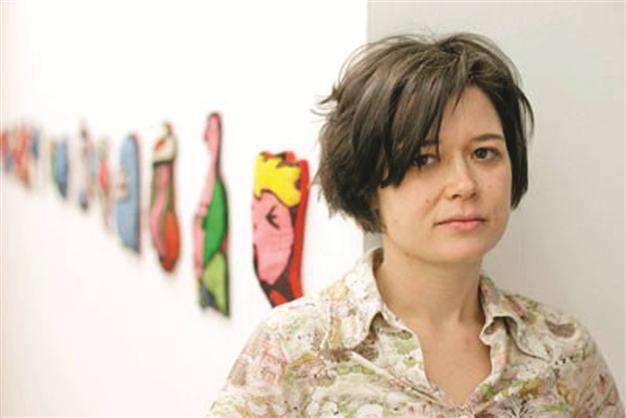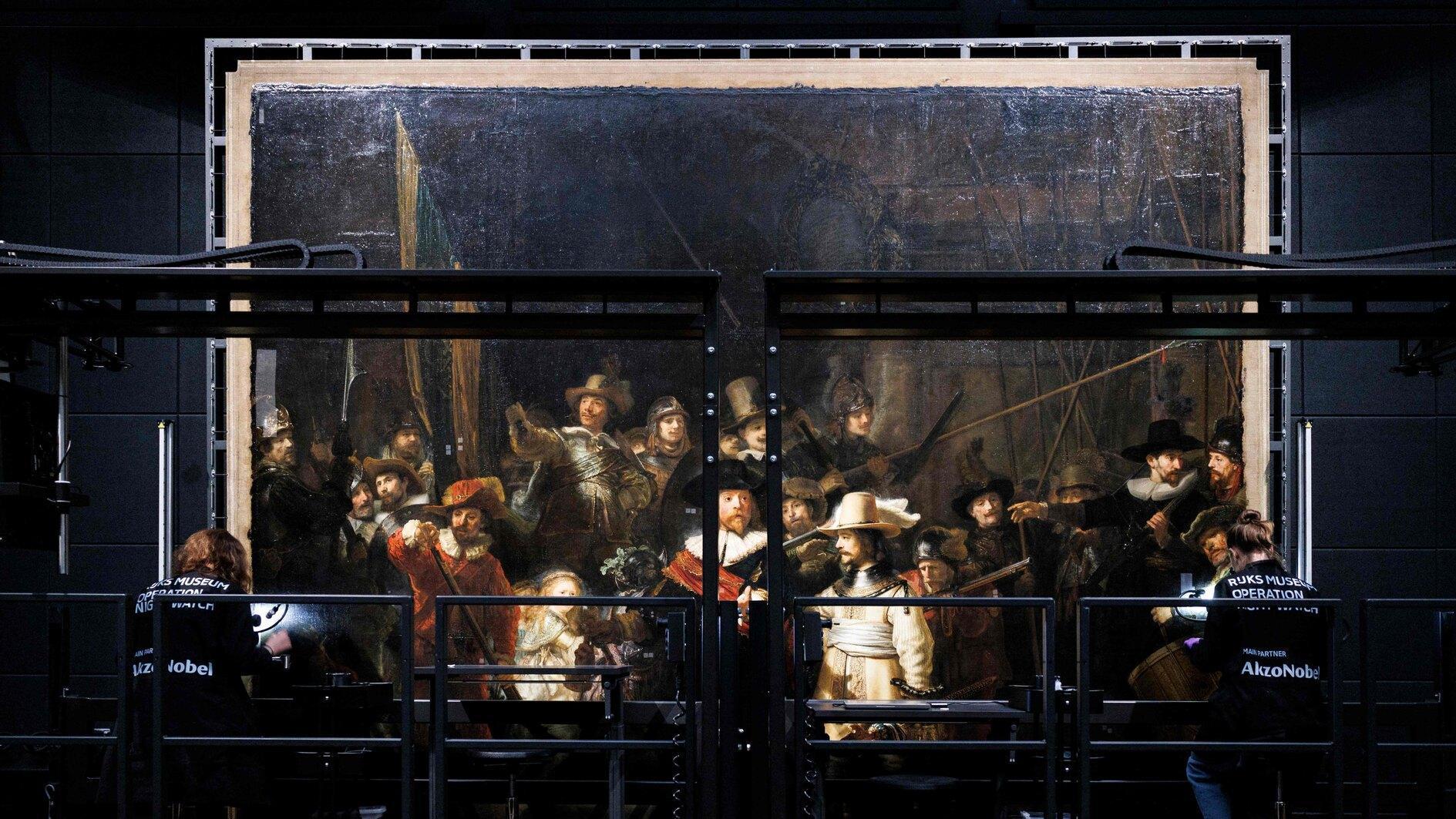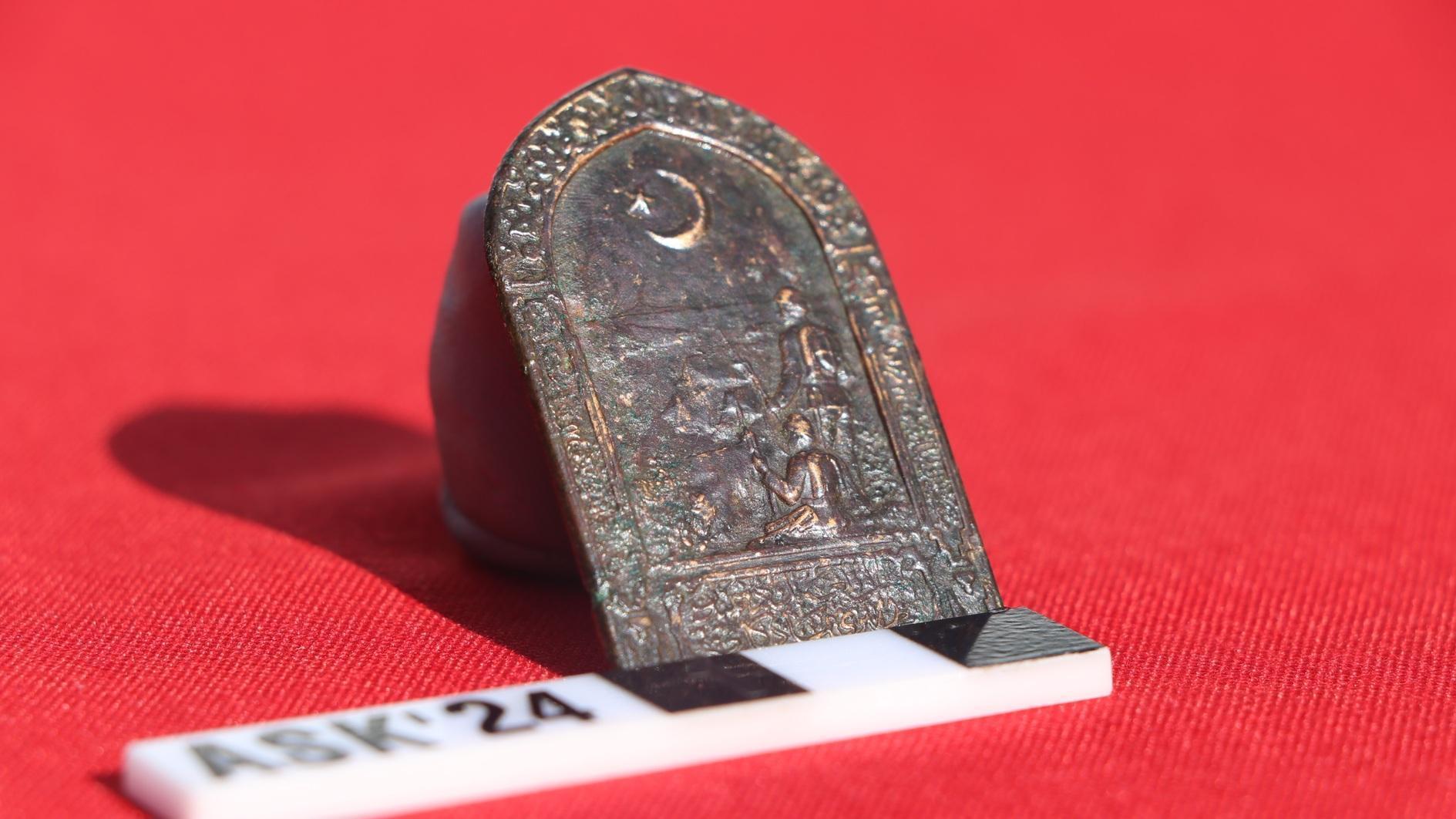Artist adorns women issues in the world with using fabrics
ISTANBUL - Hürriyet Daily News

Güneş Terkol aims to sew her figures on single-color fabric backgrounds that don’t convey a direct sense of space or time. The act of sewing also symbolizes a ‘feminine act,”’according to Terkol and that’s why she choose sewing technique. Radikal Photo, Muhsin AKGÜN
As an artist Güneş Terkol uses fabric to tell her stories with responsibility and maturity. The stories Terkol tells audiences focus on women’s issues.However, Terkol does not present women’s issues, violence against women and discrimination against women like any other artist. She does it with care and with sobriety and prefers to sew fabrics to convey what she is trying to tell.
Gender and women’s issues are among the main focuses of Terkol, however, alongside gender issues, Terkol is interested in the visual representation of labor and common or alternative modes of production. “The Main Forces That Stir Up Action” will include Terkol’s embroidery on fabric and video installations, as well as silkscreen works, which the artist has adopted as a new medium. Three textile banners Terkol produced collectively with woman during workshops in Antakya, Istanbul and Chongqing, China will be on display together for the first time; as will be a documentation table, complete with an archive of the process of the project.
“I prefer to reflect the situation that women face within the figures that I create.” For example in one of her works, the figure is carrying a family on her head. In another one, she is trying to escape. Terkol’s works may make audiences more aware of women’s dependency and how they are not “free.” During her visits to Istanbul, Antakya and Chongqing Terkol tried to find the similarities and differences between those three cities. “The situation of women was not the same in all three cities. However, we can tell that the social roles of women, the problems that they face are alike. While in Turkey they are told to have three children, in China women should only have one child. In London, on the other hand, the concept is that family should keep its effect.”
All those concepts reveal how women are placed socially. “In those three examples, we can see dominance over women’s identities and women’s bodies.” Terkol had to research all of these during her artist residency programs. “I have focused on collective works and workshops. We have done posters with women focusing on economic hardships, dreams and violence.”
Terkol sews her figures on single-color fabric backgrounds that don’t convey a direct sense of space or time. The act of sewing also symbolizes a “feminine act,” according to Terkol. Depicted in a composition bearing an unconventional perspective, these two-dimensional figures may seem like familiar images at first glance; however, they constitute variable identities detached from their contexts.
“Conventionally, sewing is regarded as a female domestic activity and as a traditional form of art,” said Terkol. That is why she attempts to liberate this practice by offering an alternative reading through her artistic practice.
Everything Terkol has experienced has helped her transform herself and added variety to her life. “My relationship with the fabric started six or seven years ago. I collected every fabric and I gave very serious thought to creating something from those fabrics.” “My material gives me lots of ideas and flexibility,” Terkol said.
Terkol’s most recent works include pieces produced during artist residencies at Gasworks, London and Organhaus, Chongqing.
















